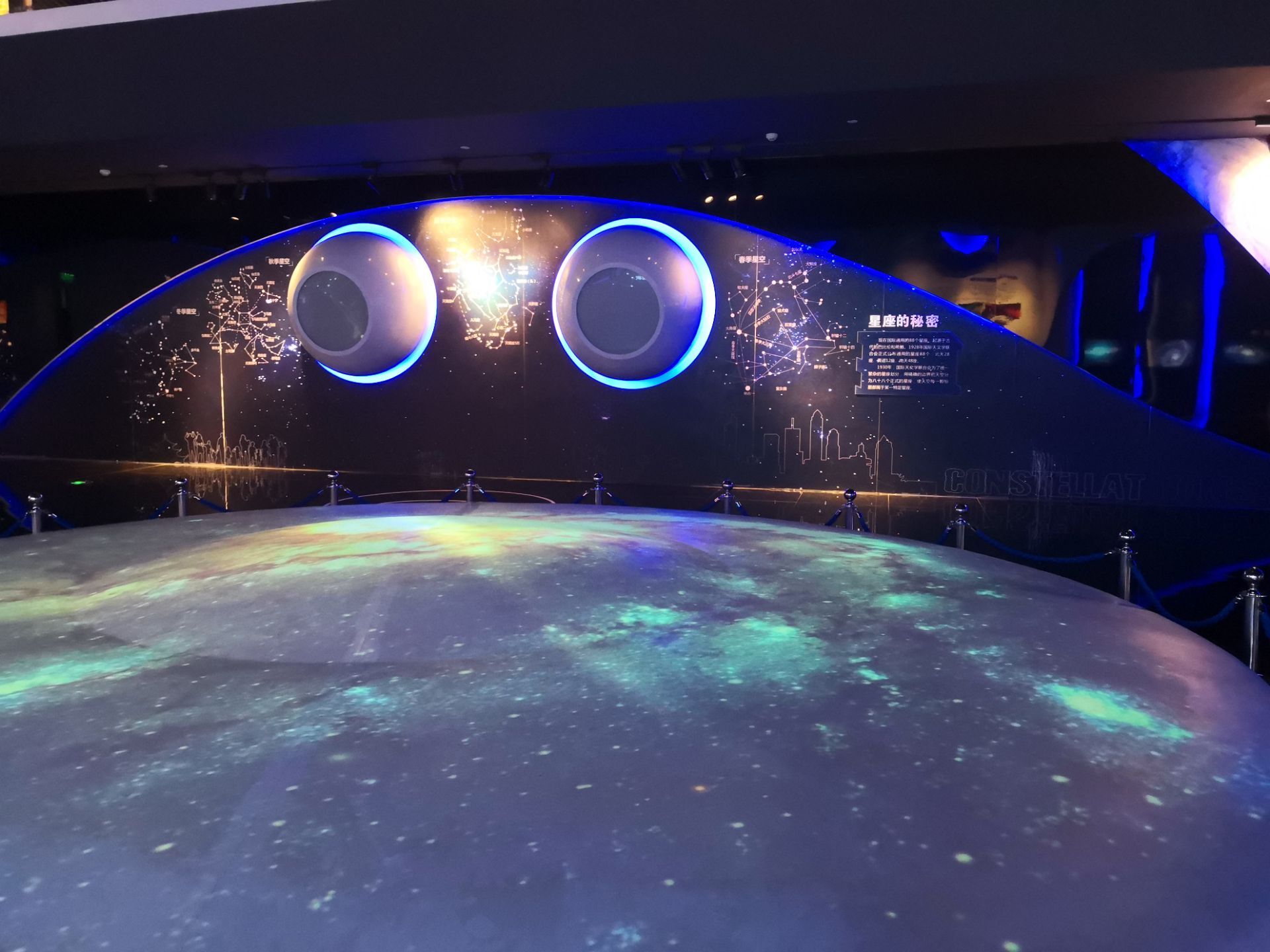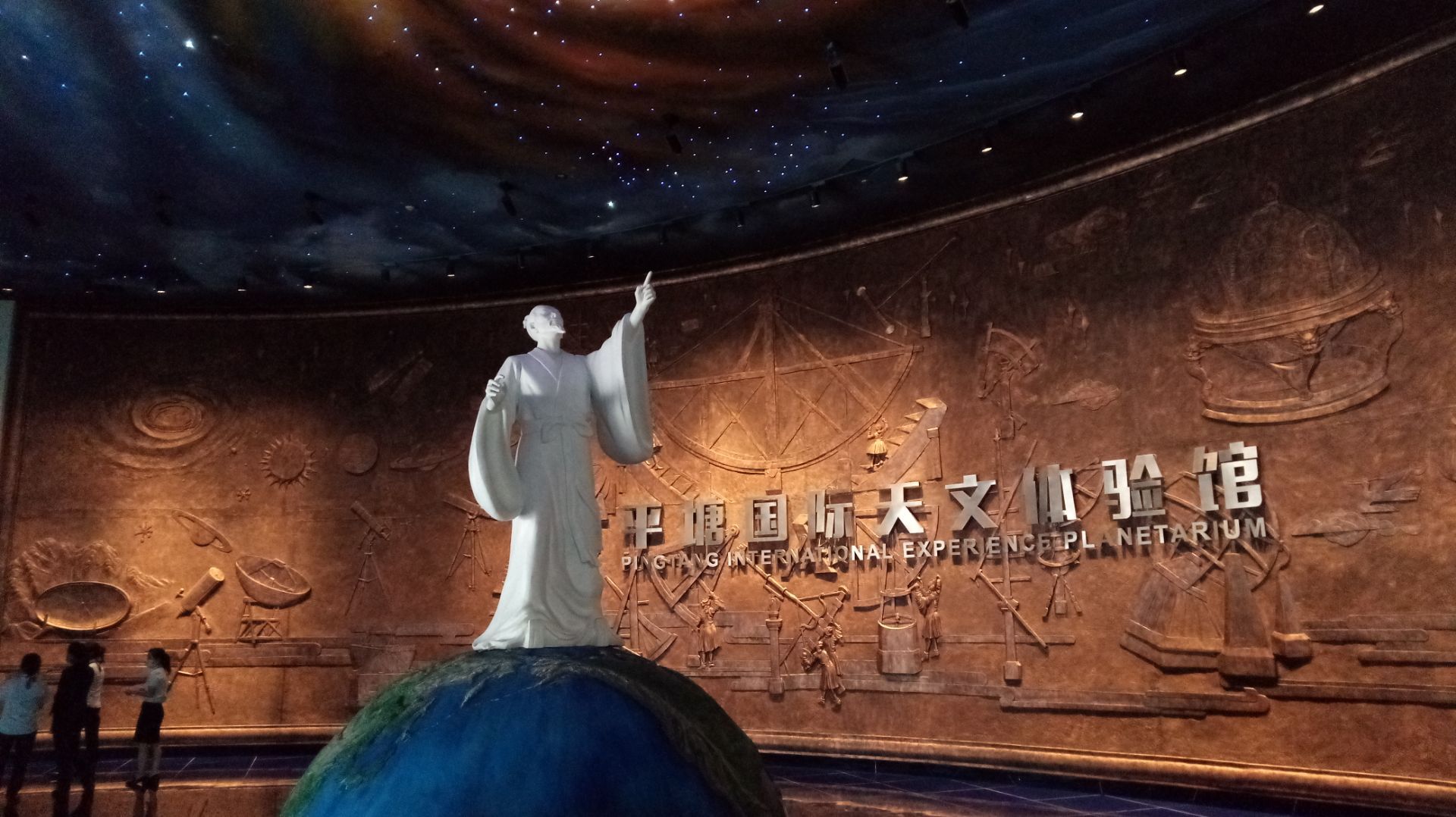


Pingtang International Astronomy Experience Hall
The Pingtang International Astronomy Experience Hall, located in Pingtang County, Guizhou Province, China, is a natural science museum established to promote the "China Sky Eye" (FAST) project and popularize astronomical knowledge. The hall features various sections, including an introduction area, a radio experience hall, an astronomy science hall, a children's astronomy park, and an interactive experience zone. Visitors can engage with diverse exhibits that combine textual information, model displays, film screenings, and immersive experiences, offering a comprehensive understanding of the universe and China's advancements in radio astronomy.
Information
Ticket price
Time
Location
Pingtang County, Qiannan Buyi and Miao Autonomous Prefecture, Guizhou, China
View maps
More about the trip
Pingtang International Astronomy Experience Hall: Journey to the Stars
The Pingtang International Astronomy Experience Hall, located in Pingtang County, Guizhou Province, China, is a natural science museum established to promote the "China Sky Eye" (FAST) project and popularize astronomical knowledge. It serves as an educational and interactive gateway to understanding the universe and China's advancements in radio astronomy. The hall features various sections, including an introduction area, a radio experience hall, an astronomy science hall, a children's astronomy park, and an interactive experience zone.
What to See and Do
Interactive Exhibits: Engage with diverse exhibits that combine textual information, model displays, film screenings, and immersive experiences. Learn about the solar system, galaxies, black holes, and the principles of radio astronomy.
FAST Introduction: Gain a comprehensive understanding of the Five-hundred-meter Aperture Spherical Telescope (FAST), its construction, scientific goals, and discoveries. There are often detailed models and videos explaining its operation.
Radio Experience Hall: Experience what it's like to work with radio signals from space, and understand how radio telescopes collect data.
Children's Astronomy Park: A dedicated area designed to make astronomy fun and accessible for younger visitors through hands-on activities and playful exhibits.
Immersive Theaters: Enjoy educational films or planetarium shows that transport you through space and time, exploring cosmic phenomena.
Best Time to Visit
The Experience Hall is an indoor attraction, making it suitable for visiting year-round. Weekdays are generally less crowded than weekends and public holidays. It's often visited in conjunction with the FAST telescope viewing platform.
How to Get There
The Experience Hall is located in the FAST scenic area in Pingtang County. You can take a bus from Guiyang to Pingtang County, and then a local bus or taxi to the FAST visitor center. From there, shuttle buses are provided to the Experience Hall and the telescope viewing platform.
Travel Tips
Electronic device restrictions: Remember that all electronic devices (mobile phones, cameras, smartwatches, etc.) must be stored in lockers at the visitor center before entering the core viewing area of FAST, which includes the Experience Hall. Bring a traditional camera if you wish to take photos.
Allow ample time: Plan for at least 2-3 hours to explore the various sections of the hall.
Educational focus: This is a great place for science enthusiasts and families to learn about astronomy and space exploration.





